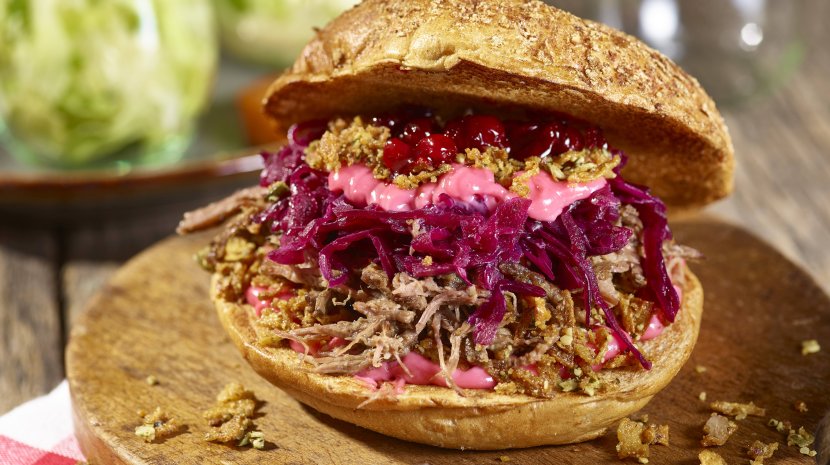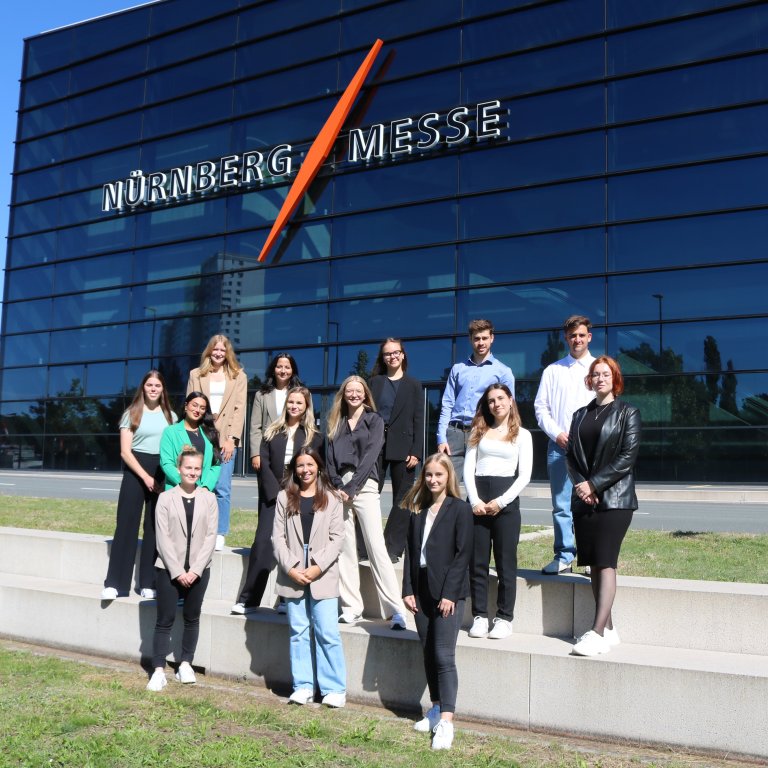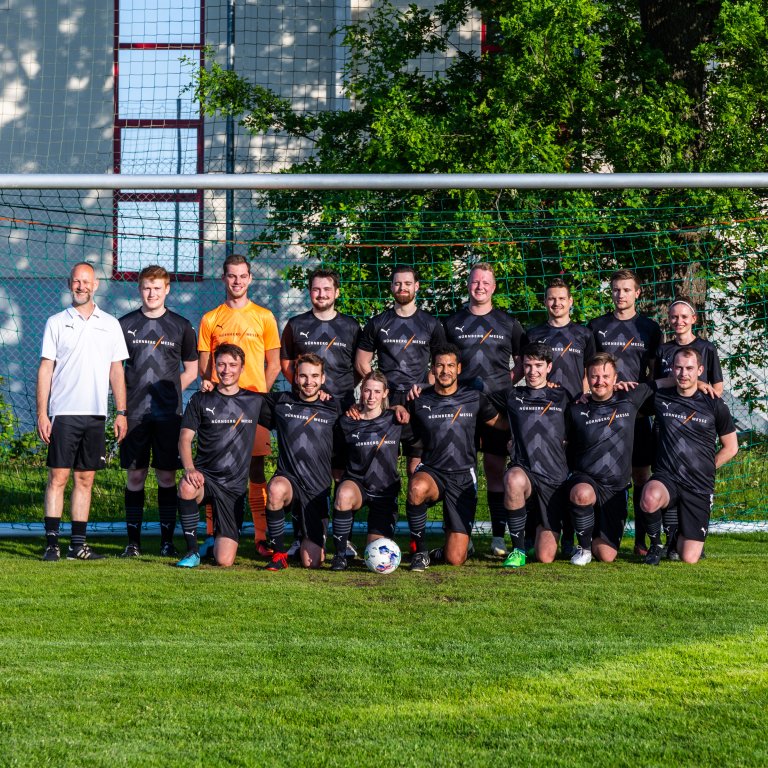

Nuremberg likes to eat well – and is adding more and more fine cuisine.
Food is in the air. Well, it did throughout the long, hot summer, at least when the grills were fired up in the evenings up and down the country. But now, in late summer, which already looks and smells like autumn, cosy get-togethers with something fine on the plate are especially in vogue. Beyond neck steaks and summer salads, Nuremberg cuisine is at home. Its core elements are now mighty pork shoulders from the oven ("Schäufele") with a crispy crust, carp in beer batter, the ubiquitous filigree bratwursts ("Nürnberger Rostbratwürste"), lamb's lettuce with rendered bacon and of course potato dumplings with gravy.
Alexander Herrmann happily mixes all this and much more with elements of haute cuisine in his one ("Imperial") and fast food culture in the other ("Fränk'ness") restaurant. The Nuremberg star and TV chef has only recently opened both.

The Imperial is upstairs on the first floor. "Upscale" is certainly accurate, and so "fine dining" is the order of the day here. The "Fränk'ness" on the ground floor, on the other hand, makes the choice "are we going to eat Franconian or burgers?" obsolete insofar as it can do both. Here you'll find butter-soft pieces of braised beef as well as tender Schäufelefleisch or trout fillet between the rolls. The mid-forties dish thus meets the tastes of locals and guests alike.
Of course, Nuremberg is synonymous with gingerbread, pretzels and grilled sausages; however, the culinary diversity in the region is so much more. The 2018 Guide Michelin restaurant guide lists 32 restaurants alone for the region in and around Nuremberg. A few years ago, Franconia was hardly blessed with top gastronomy in culinary terms, but now the Guide Michelin presented stars to twelve Franconian restaurants in Nuremberg.
The two stars for the Essigbrätlein in Nuremberg were awarded by Andree Köthe together with his business colleague Yves Ollech. The former Guide Michelin editor Manfred Kohnke once called Köthe the "pioneer of German spice and currently so fashionable vegetable cuisine". He convinces with unusual creations such as chive juice with apricot and venison or rocket sauce with ice cream with raspberries. By the way, the name Essigbrätlein means sauerbraten - one of the typical Franconian dishes, which Köthe, however, hardly ever offers in his 20-seat top restaurant. His specialties tend to include carp with radish, beetroot with caraway caramel, "shot" leek and kale or shaved cauliflower.

Or should it be original Nuremberg grilled sausages? No problem. There are plenty of options for that, too. The famous "Drei im Weggla" (for non-Franconians: three grilled sausages in a roll), are also considered a Franconian national dish and can be tasted almost everywhere in the city. If you want to enjoy it in style, you should stop by the Goldener Posthorn at Glöckleinsgasse 2. Nuremberg's oldest wine tavern has been spoiling its guests for over 500 years. To be precise: since 1498.
Image credits:
Uwe Niklas



